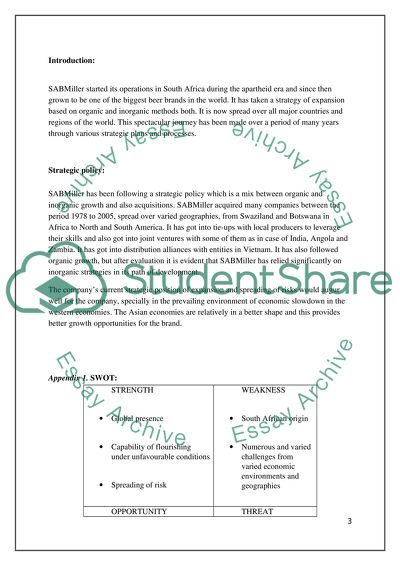Cite this document
(“SABMIller Case Study Example | Topics and Well Written Essays - 3000 words”, n.d.)
Retrieved from https://studentshare.org/miscellaneous/1505975-sabmiller
Retrieved from https://studentshare.org/miscellaneous/1505975-sabmiller
(SABMIller Case Study Example | Topics and Well Written Essays - 3000 Words)
https://studentshare.org/miscellaneous/1505975-sabmiller.
https://studentshare.org/miscellaneous/1505975-sabmiller.
“SABMIller Case Study Example | Topics and Well Written Essays - 3000 Words”, n.d. https://studentshare.org/miscellaneous/1505975-sabmiller.


